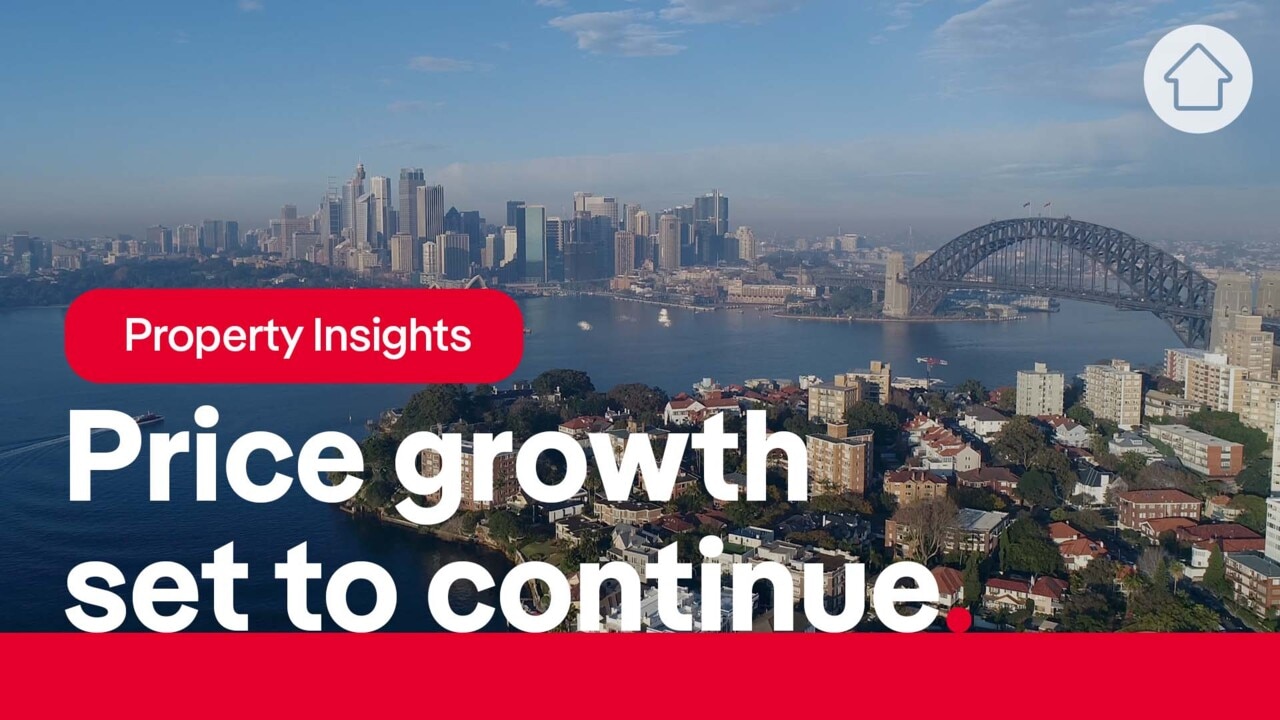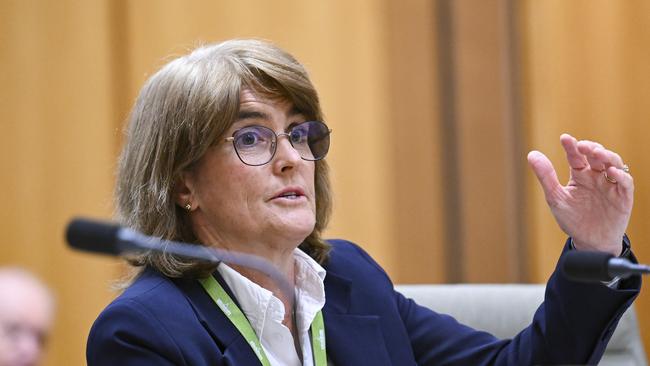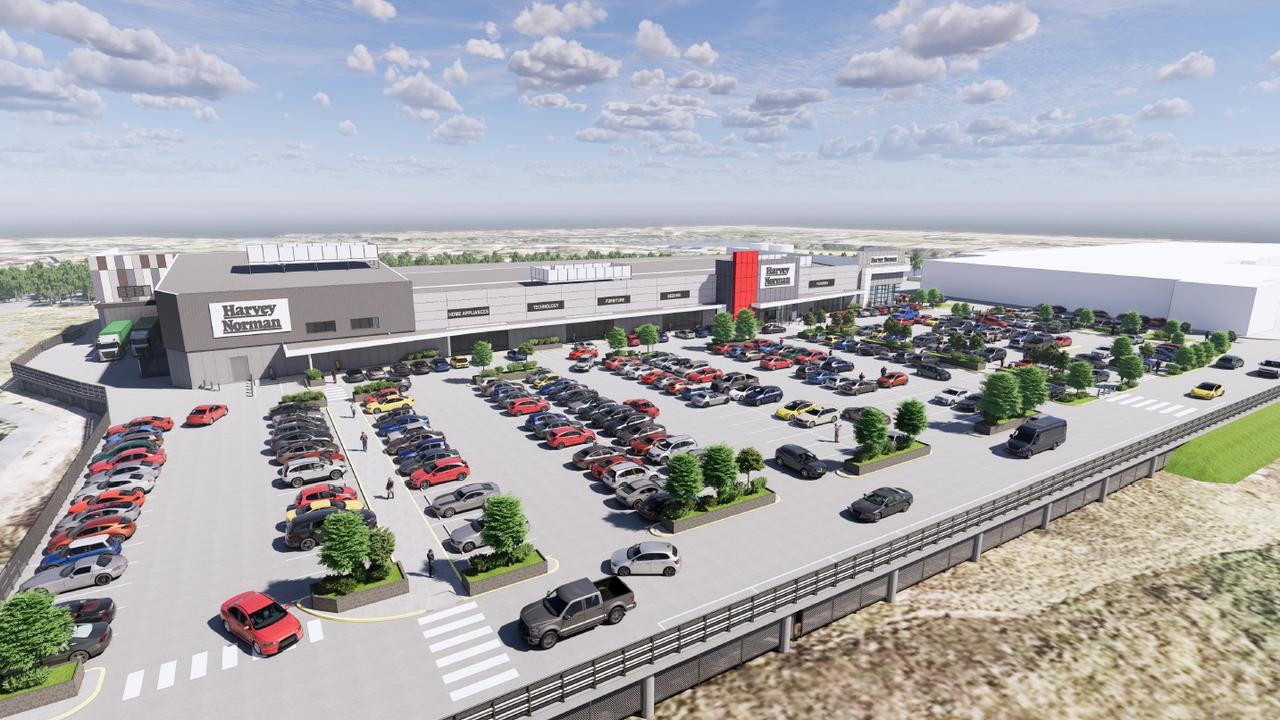Mortgage interest rate pain could last for many months yet
Home loan repayments may remain at these high levels for longer than many people think, based on previous interest rate cycles.

Property
Don't miss out on the headlines from Property. Followed categories will be added to My News.
Perhaps we expected too much.
After the Reserve Bank of Australia raised its official interest rate on Melbourne Cup Day last year, financial markets and economists were tipping that multiple rate cuts in 2024 would deliver welcome relief to borrowers.
Some predicted the RBA would start reversing its string of 13 rate rises, which began in May 2022, before the middle of this year, but most tipped cuts coming around springtime.
But now, after inflation has remained stubbornly stuck above the RBA’s 2-3 per cent target range, nobody is predicting rate cuts any time soon, and some forecasters don’t expect action until mid-2025.
This is despite the weakest economy in decades, apart from the Covid crash of 2020, with dented consumer confidence, falling living standards and business collapses impacting everywhere.

It got me wondering about historical trends that might suggest when the first rate cuts will come, so I thought I’d measure previous interest cycles to find out how long rates remained at their peak before dropping again.
If you’re banking on a cut soon, it’s not great reading.
Of the four rate-rise cycles over the past 35 years, the average period between rates peaking and starting to fall about was almost 11 months. It would have been longer if not for a super-short five-month peak during 2008 that was abruptly stopped by the global financial crisis and emergency RBA rate cuts totalling 4 percentage points.
We are currently seven months into this current peak period – assuming it’s the peak and not just pause before another leg up.
Another rise remains possible. At its latest board meeting, the RBA discussed raising rates or keeping them on hold. There was no talk about a cut, RBA governor Michele Bullock said.
However, the latest economic data is prompting more economists to predict the RBA won’t worsen the nation’s financial situation with another rate rise.
That’s a small sliver of good news for home loan borrowers who have faced a 62 per cent jump in repayments in just two years.
The pain of that increase is bigger than other cost-of-living rises in the past couple of years including food, fuel, insurance and rent, and it’s magnified even more because mortgages are many households’ biggest expenses.
Someone with a $500,000 home loan was paying $2103 monthly on a typical mortgage back in April 2022, and today they’re paying $3404 per month, according to Canstar.

On a $750,000 mortgage, monthly repayments have climbed from $3154 to $5106 over that two-year period – a painful jump of $1952.
Another sliver of good news for home loan customers is higher household incomes coming from the stage three tax cuts to start in a couple of weeks. Someone earning the average full-time wage of $98,000 will get $177 extra in their bank account monthly, while a dual-income household with two average earners gets $355.
However, some economists worry the extra cash from those tax cuts may spark more inflation, which could mean more rate rises or result in the RBA keeping its official interest rate at its current high level for longer than any borrower wants.
More Coverage
Originally published as Mortgage interest rate pain could last for many months yet





